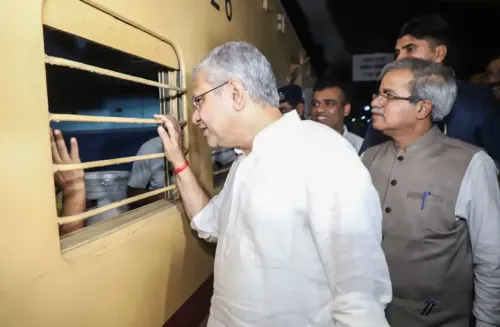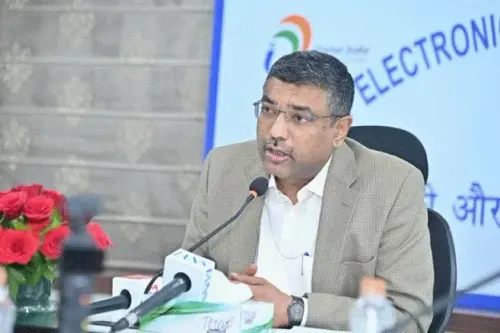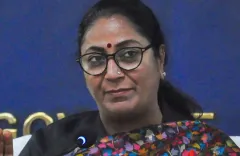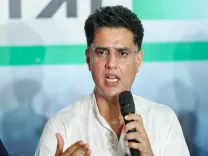Will India Continue to be the Fastest-Growing Economy?
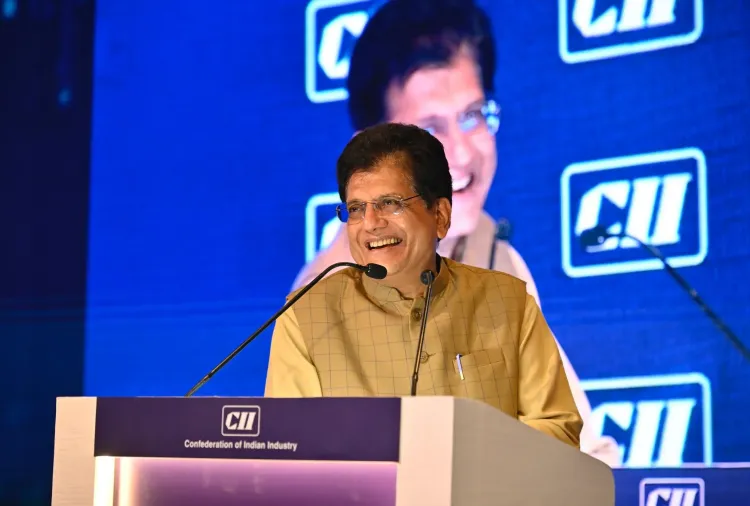
Synopsis
Key Takeaways
- India is on track to be the fastest-growing economy for the next 30 years.
- The nation aims for a growth rate of 8 percent at constant prices.
- India's foreign exchange reserves are around $690 billion.
- The EFTA countries are set to invest $100 billion in India.
- India is negotiating several significant Free Trade Agreements.
New Delhi, May 30 (NationPress) India stands out as a prime investment hub and has the capability to sustain its position as the fastest-growing large economy globally for the next three decades, according to Union Minister for Commerce and Industry, Piyush Goyal.
Goyal noted that the nation has consistently achieved a growth rate of 6–7 percent and aims to elevate it to 8 percent at constant prices.
At the CII ‘Annual Business Summit 2025’, he remarked that despite global challenges, “we are among the top-performing emerging markets”.
“Currently, India boasts the fourth-largest foreign exchange reserves globally, totaling approximately $690 billion. Our inflation rate has remained under 4 percent for the past three months. The Reserve Bank has effectively managed liquidity and currency, which is commendable,” he explained to attendees.
Goyal emphasized India as an appealing investment location. “In the last two to three decades, Indian firms have provided nearly 20 percent CAGR returns, making the country a must-consider investment destination. Foreign Direct Investment (FDI) inflows are consistently setting new records. We are back on a growth path, enhancing international trade ties,” he added.
The minister pointed out advancements in various Free Trade Agreements (FTAs), including those with the UAE, Australia, the UK, four EFTA nations (Iceland, Liechtenstein, Norway, and Switzerland), and ongoing negotiations for a bilateral trade agreement with the US.
“We are making significant progress with our bilateral trade agreement with the USA and moving quickly with the European Union’s 27-member bloc. Negotiations with New Zealand have also commenced,” he stated.
The EFTA nations have pledged $100 billion in FDI to India over the next 15 years, expected to culminate in total investments of $500 billion.
Additionally, the extensive ecosystem surrounding this investment could potentially attract another $500 billion. “We are not aiming small,” Goyal stressed, highlighting that this amount does not include investments from the Norwegian Pension Fund and represents pure FDI.
He mentioned that this is the first FTA globally to incorporate such a forward-thinking investment clause.
Goyal expressed satisfaction with India’s ongoing economic development, noting that the IMF has projected that by 2027, India will be the world’s third-largest economy by GDP. He added that despite global volatility, uncertainty, and complexity, India remains the fastest-growing economy and continues to drive global growth.
The minister pointed out that growth through trade, resilient supply chains, and innovation cannot be complete without inclusive growth.

